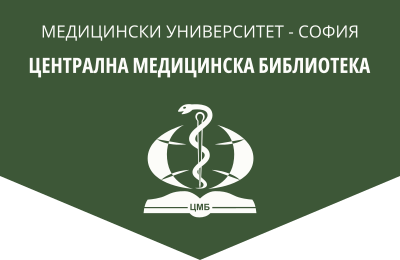Minimally invasive access in patients with dilated ascending aorta
Bulgarian Medical Journal, 2024, 18(4), 37-41.
V. Gegouskov1,2, G. Stoitsev1
1 Department of Cardiac Surgery, UMHAT „Sv. Anna“ ‒ Sofia
2 Medical University ‒ Pleven
Abstract. Usage of minimally invasive access in patients with aortic disease is becoming a therapeutic choice for cardiac surgeons. In this study, we follow 11 patients who underwent a minimally invasive surgical procedure for ascending aortic replacement. During the period, 10 Bentall de Bono procedures (91%) and one Cabrol supracoronary aortic valve (9%) were performed, in both of which minimal access was used. Postoperative left ventricular ejection fraction remained similar to baseline 50.36 ± 10.43. The mean CPB time was 162.09 ± 41.88 and the mean aortic cross-clamping time was 108.91 ± 26.8. The need for inotropic support was observed in eight patients, as high doses were required in only one patient or in 9.1% of cases. Postoperatively, none of the patients had a neurologic event, perioperative infarction, or new-onset AV block. There was never a re-sternotomy due to bleeding or other reasons, nor a conversion to a conventional operative approach due to a complication related to the operative intervention.
Key words: aneurysm, aortic surgery, ascending aorta, minimally invasive surgery
Address for correspondence: Assoc. Prof. Vasil Geguskov MD, Cardiac Surgery Clinic, Sveta Anna University Hospital, 1 Dimitar Mollov Str., BG – 1709 Sofia, e-mail: vassilgegouskov@arcor.de
